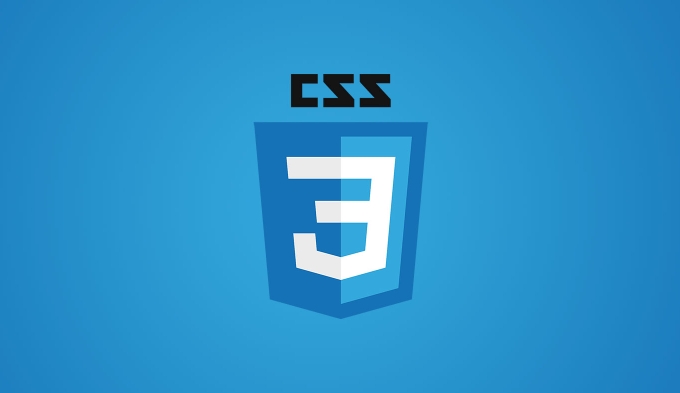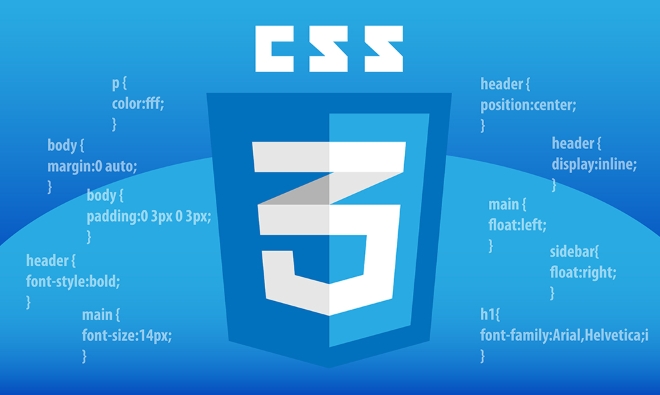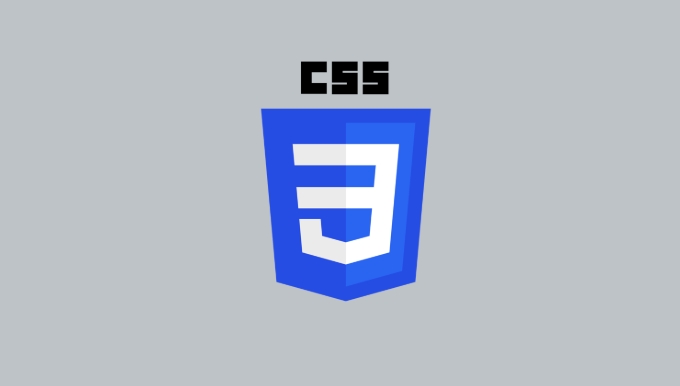background-size: The choice of cover and contain depends on content priority. 1. Cover the image is scaled in a proportional manner to ensure that the entire container is covered, and some content may be cropped, which is suitable for scenes where the background is only decorative and the area needs to be filled; 2. Contain the image is scaled in a proportional manner to ensure that the image content is displayed in a complete manner, and may leave blank space, which is suitable for scenes where the image content is important and cannot be cropped; 3. When using it, you should judge based on specific needs, and if necessary, pair it with background-position to control the crop position to ensure a reasonable visual center of gravity.

When you want the background image to be fully displayed in the element, but don't want it to deform, background-size: cover and contain are the two most commonly used options. They can all automatically adjust the size of the picture, but the effects are completely different. Using the wrong one may be in vain.

When to use cover
cover means "cover the entire container", and the browser will scale the image in proportion to ensure that it completely covers the background area. If the aspect ratio of the image is inconsistent with the container, it will be cut partly.

Applicable scenarios:
- The background image is just a decoration, the content can be cut out without affecting reading
- Hope the background fills the entire area without leaving any blank space
For example, when making a full-screen background page, or when emphasizing visual impact in card-style design, it is appropriate to use cover .

.container {
background-size: cover;
}?? Note: If you use
coverin a container with large height changes (such as uncertain text content), it may cause the key parts of the image to be cut off. At this time, you should consider whether it is really suitable.
When to use contain
contain means "including all the contents of the picture". The browser will scale the picture in a similar way to ensure that the entire picture is displayed and may leave blank areas.
Applicable scenarios:
- The content of the picture is important and cannot be cut
- Fixed or controlled container size
- For example, logo display, icon background, product picture display, etc.
.logo-box {
background-size: contains;
} For example: you set a circular logo for a square div as the background image. If you use cover , the logo may be cut into an ellipse; and use contain , although there are gaps around, the logo retains the shape intact.
How to choose? View content priority
Choosing cover or contain is actually a trade-off between "filling the space" and "preserving the integrity of the content".
- If the background image is just a sense of atmosphere, the focus is not on the image itself → choose
cover - If the image is the core of the information, you cannot miss edges and corners → choose
contain
Sometimes you can also use background-position to control the crop position, such as centering the cover image:
.container {
background-size: cover;
background-position: center;
}This way, even if the picture is cropped, the visual center of gravity can be ensured in the middle.
Basically that's it. These two properties seem simple, but they can only work if they are used in the right place.
The above is the detailed content of Using CSS Background-size: cover and contain effectively. For more information, please follow other related articles on the PHP Chinese website!

Hot AI Tools

Undress AI Tool
Undress images for free

Undresser.AI Undress
AI-powered app for creating realistic nude photos

AI Clothes Remover
Online AI tool for removing clothes from photos.

Clothoff.io
AI clothes remover

Video Face Swap
Swap faces in any video effortlessly with our completely free AI face swap tool!

Hot Article

Hot Tools

Notepad++7.3.1
Easy-to-use and free code editor

SublimeText3 Chinese version
Chinese version, very easy to use

Zend Studio 13.0.1
Powerful PHP integrated development environment

Dreamweaver CS6
Visual web development tools

SublimeText3 Mac version
God-level code editing software (SublimeText3)

Hot Topics
 What is 'render-blocking CSS'?
Jun 24, 2025 am 12:42 AM
What is 'render-blocking CSS'?
Jun 24, 2025 am 12:42 AM
CSS blocks page rendering because browsers view inline and external CSS as key resources by default, especially with imported stylesheets, header large amounts of inline CSS, and unoptimized media query styles. 1. Extract critical CSS and embed it into HTML; 2. Delay loading non-critical CSS through JavaScript; 3. Use media attributes to optimize loading such as print styles; 4. Compress and merge CSS to reduce requests. It is recommended to use tools to extract key CSS, combine rel="preload" asynchronous loading, and use media delayed loading reasonably to avoid excessive splitting and complex script control.
 How to use Lotties in Figma
Jun 14, 2025 am 10:17 AM
How to use Lotties in Figma
Jun 14, 2025 am 10:17 AM
In the following tutorial, I will show you how to create Lottie animations in Figma. We'll use two colorful designs to exmplify how you can animate in Figma, and then I'll show you how to go from Figma to Lottie animations. All you need is a free Fig
 Breaking Boundaries: Building a Tangram Puzzle With (S)CSS
Jun 13, 2025 am 11:33 AM
Breaking Boundaries: Building a Tangram Puzzle With (S)CSS
Jun 13, 2025 am 11:33 AM
We put it to the test and it turns out Sass can replace JavaScript, at least when it comes to low-level logic and puzzle behavior. With nothing but maps, mixins, functions, and a whole lot of math, we managed to bring our Tangram puzzle to life, no J
 External vs. Internal CSS: What's the Best Approach?
Jun 20, 2025 am 12:45 AM
External vs. Internal CSS: What's the Best Approach?
Jun 20, 2025 am 12:45 AM
ThebestapproachforCSSdependsontheproject'sspecificneeds.Forlargerprojects,externalCSSisbetterduetomaintainabilityandreusability;forsmallerprojectsorsingle-pageapplications,internalCSSmightbemoresuitable.It'scrucialtobalanceprojectsize,performanceneed
 Does my CSS must be on lower case?
Jun 19, 2025 am 12:29 AM
Does my CSS must be on lower case?
Jun 19, 2025 am 12:29 AM
No,CSSdoesnothavetobeinlowercase.However,usinglowercaseisrecommendedfor:1)Consistencyandreadability,2)Avoidingerrorsinrelatedtechnologies,3)Potentialperformancebenefits,and4)Improvedcollaborationwithinteams.
 CSS Case Sensitivity: Understanding What Matters
Jun 20, 2025 am 12:09 AM
CSS Case Sensitivity: Understanding What Matters
Jun 20, 2025 am 12:09 AM
CSSismostlycase-insensitive,butURLsandfontfamilynamesarecase-sensitive.1)Propertiesandvalueslikecolor:red;arenotcase-sensitive.2)URLsmustmatchtheserver'scase,e.g.,/images/Logo.png.3)Fontfamilynameslike'OpenSans'mustbeexact.
 What is Autoprefixer and how does it work?
Jul 02, 2025 am 01:15 AM
What is Autoprefixer and how does it work?
Jul 02, 2025 am 01:15 AM
Autoprefixer is a tool that automatically adds vendor prefixes to CSS attributes based on the target browser scope. 1. It solves the problem of manually maintaining prefixes with errors; 2. Work through the PostCSS plug-in form, parse CSS, analyze attributes that need to be prefixed, and generate code according to configuration; 3. The usage steps include installing plug-ins, setting browserslist, and enabling them in the build process; 4. Notes include not manually adding prefixes, keeping configuration updates, prefixes not all attributes, and it is recommended to use them with the preprocessor.
 What are CSS counters?
Jun 19, 2025 am 12:34 AM
What are CSS counters?
Jun 19, 2025 am 12:34 AM
CSScounterscanautomaticallynumbersectionsandlists.1)Usecounter-resettoinitialize,counter-incrementtoincrease,andcounter()orcounters()todisplayvalues.2)CombinewithJavaScriptfordynamiccontenttoensureaccurateupdates.






